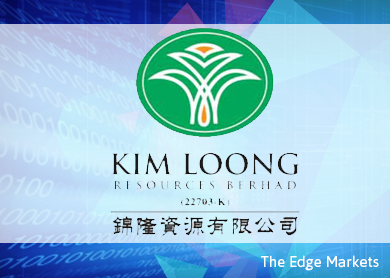
This article first appeared in The Edge Financial Daily, on October 19, 2015.
Kim Loong Resource Bhd


TO cushion against the volatility of CPO prices, some plantation companies have diversified into the more stable milling business. One such company is Kim Loong (Fundamental: 2.5/3, Valuation: 1.4/3), which is up 10.1% since being included in InsiderAsia’s Income portfolio in June.
The Johor-based company trades at a relatively undemanding P/E of 13.3 times and 1.6 times book. It has net cash of RM248.1 million or 79.7 sen per share, which translates to 28.4% of its RM874.6 million valuation.
Because of its stable milling business, Kim Loong is able to consistently pay dividends. Since FY2011, its payout ratio has ranged from 50-70% of net profits. The company paid a special dividend of 10 sen per share in August, bringing total dividends to 23 sen in the past 12 months. This translates to an above-average net yield of 8.2%.
Kim Loong owns 14,901ha of planted oil palm land in Johor, Sabah and Sarawak. 91.1% of its trees are mature and should provide stable fresh fruit bunch (FFB) output moving forward. Its three mills processed 1.2 million tonnes of FFB in FYJan2015 — 3.9 times what the company’s estates produced. The mills also boast an above-average oil extraction rate of 22.4%.
For 1HFY2016, Kim Loong’s profit before tax (PBT) from its upstream activities slumped 41.7% y-o-y to RM24.4 million on the back of lower FFB prices. However, PBT from milling was steady at RM27.1 million compared to RM27.3 million in the previous year.
This highlights the defensive nature of Kim Loong’s business model. In addition, it should also benefit if the recent rally in CPO prices is sustainable.
Moving forward, Kim Loong plans to develop 2,067ha of land into oil palm plantation in Sarawak pending approval from the state. Construction of a fourth mill should be completed by 2017, which will boost its milling capacity by 300,000 tonnes a year.